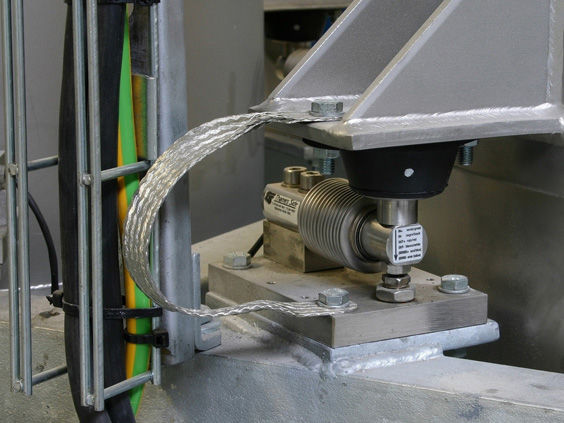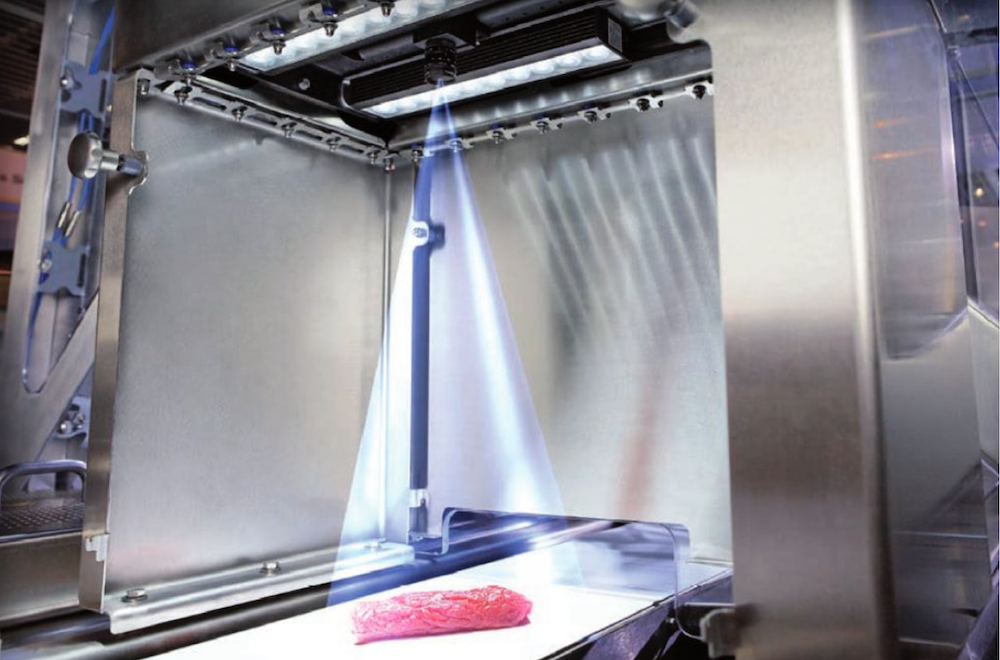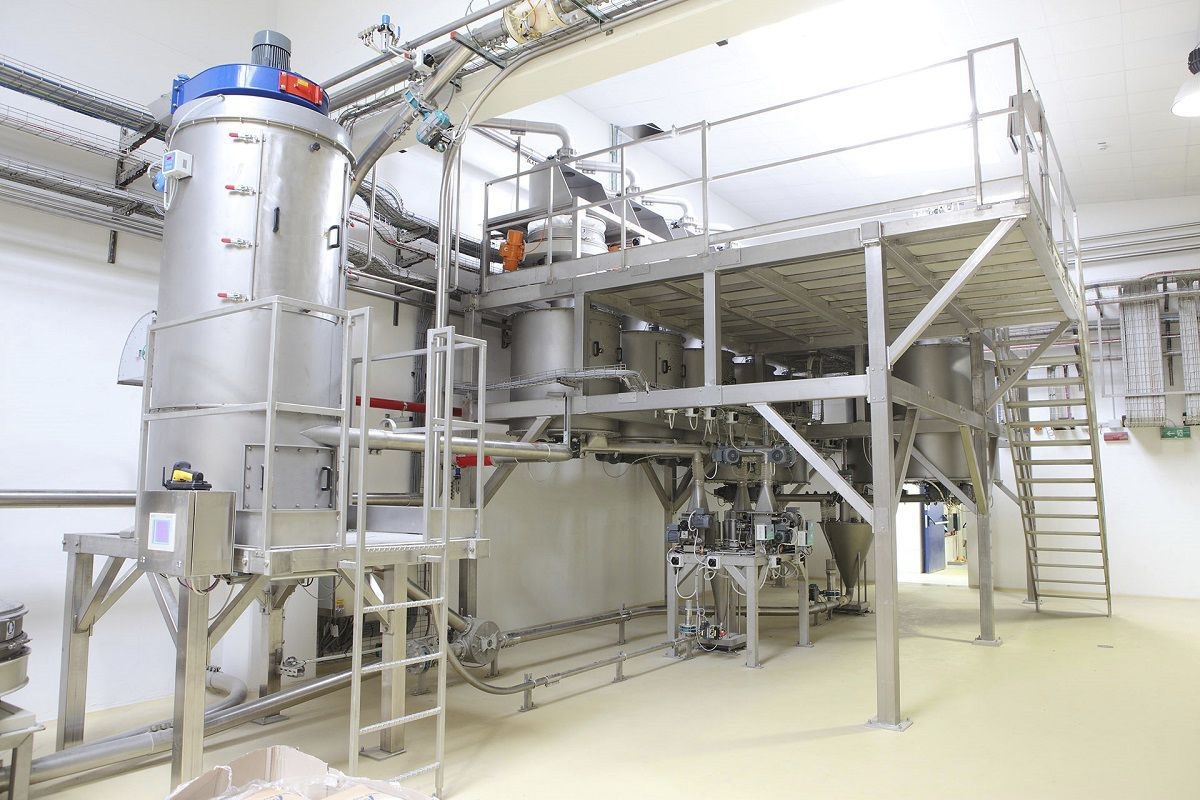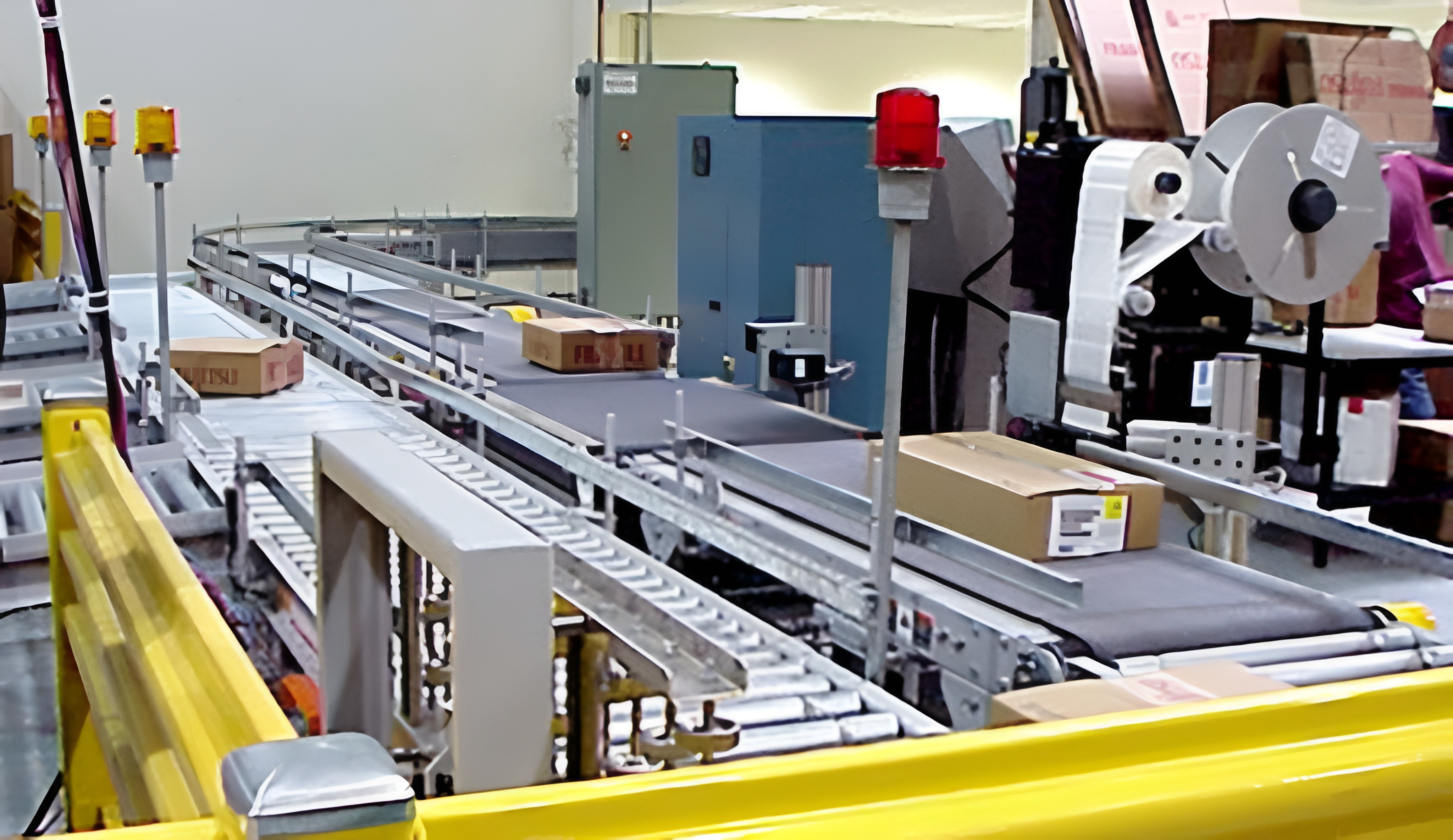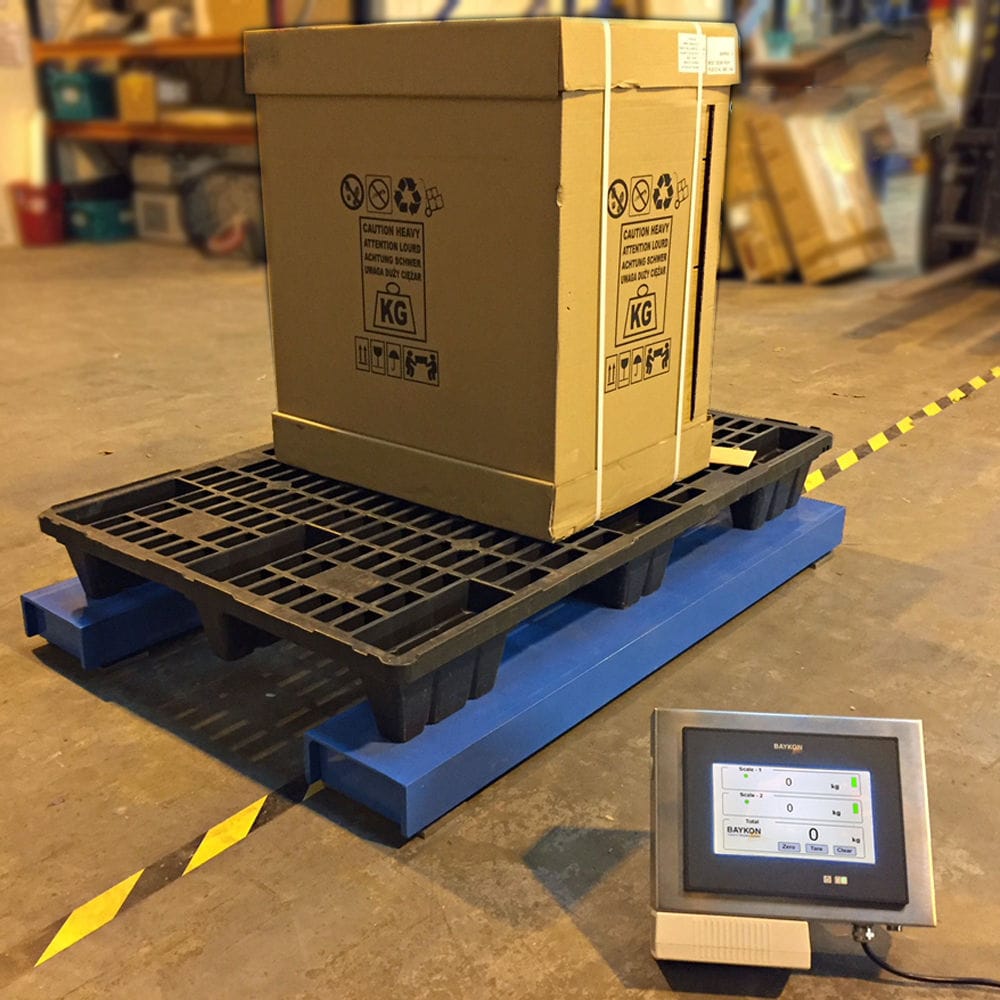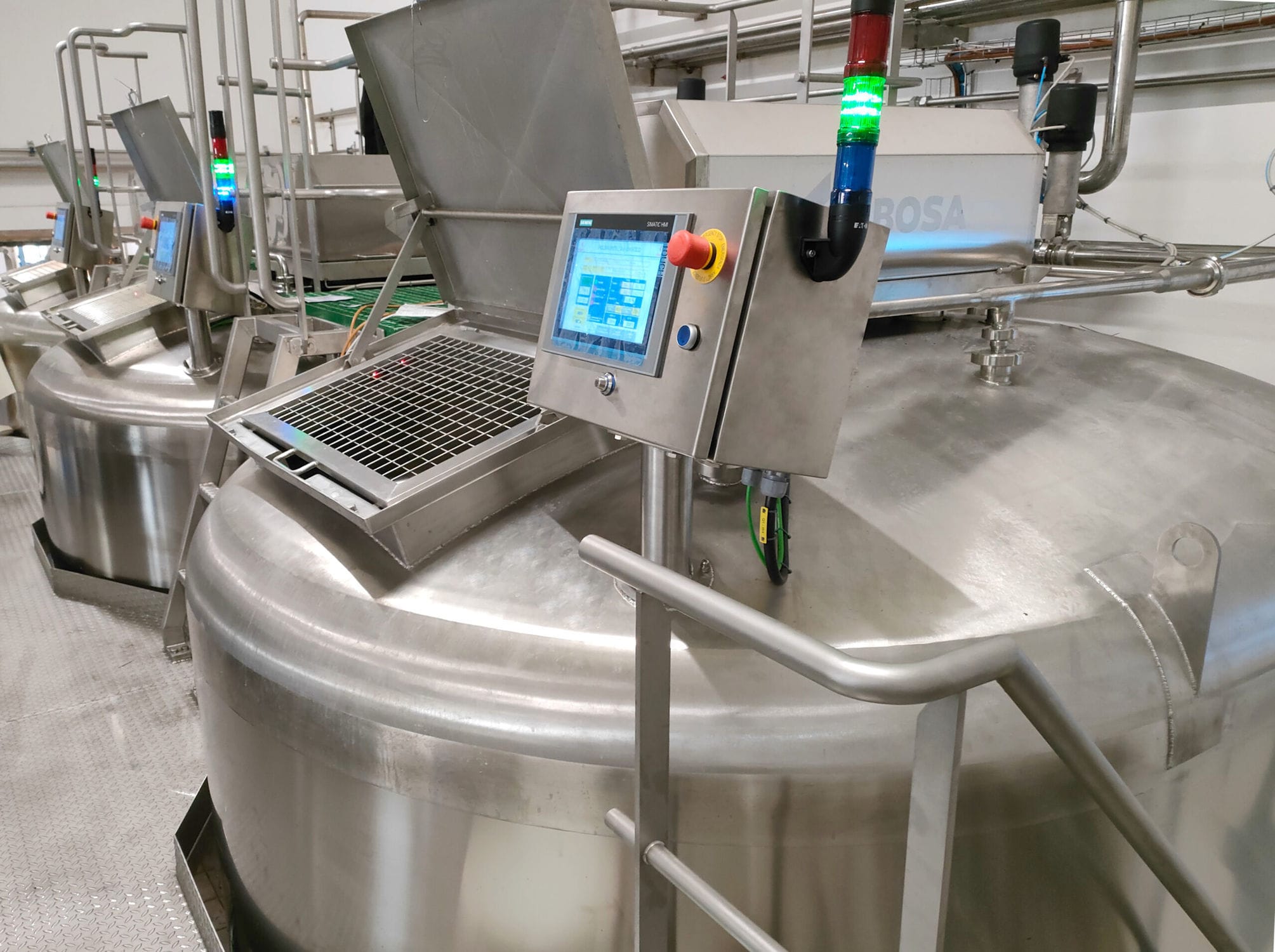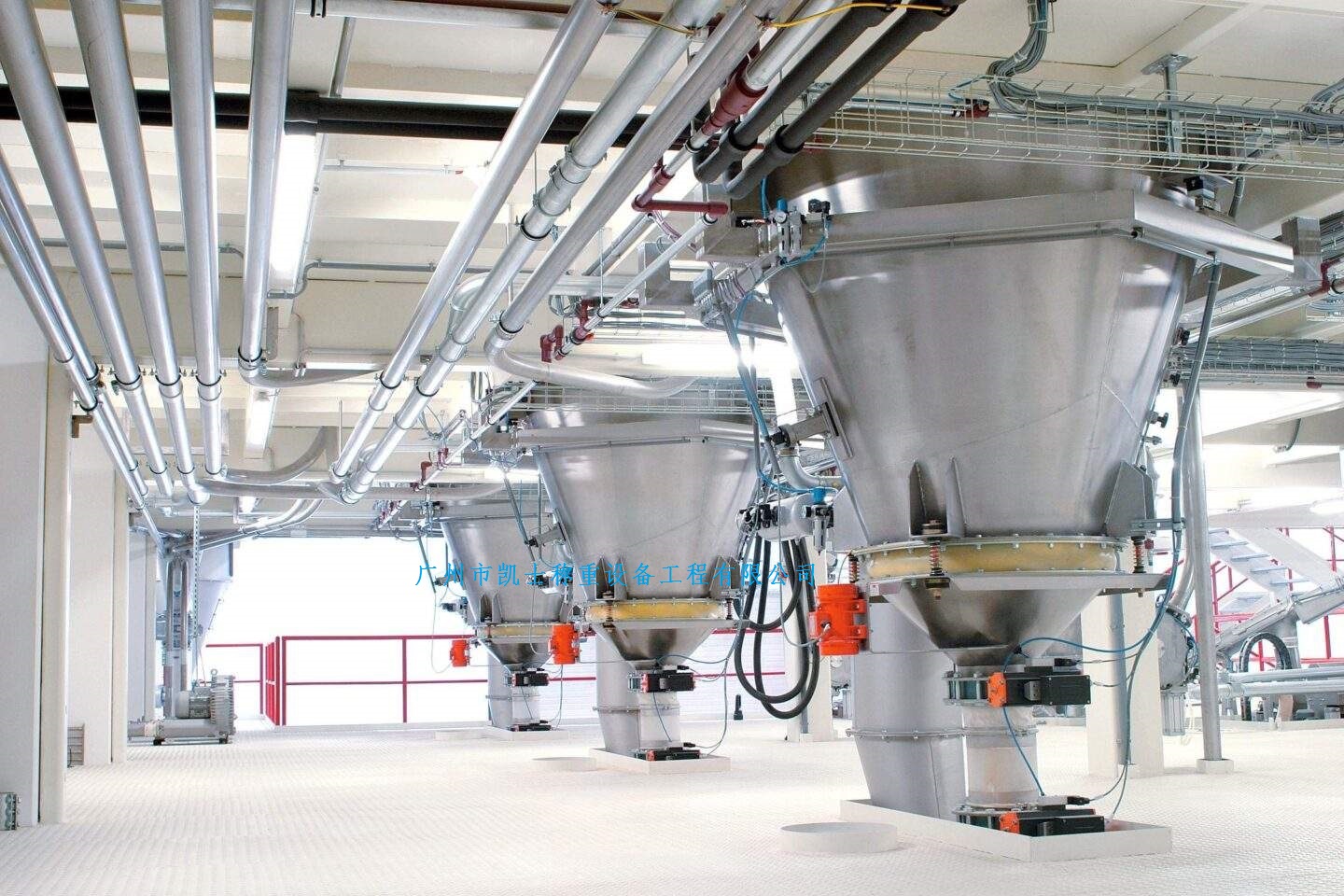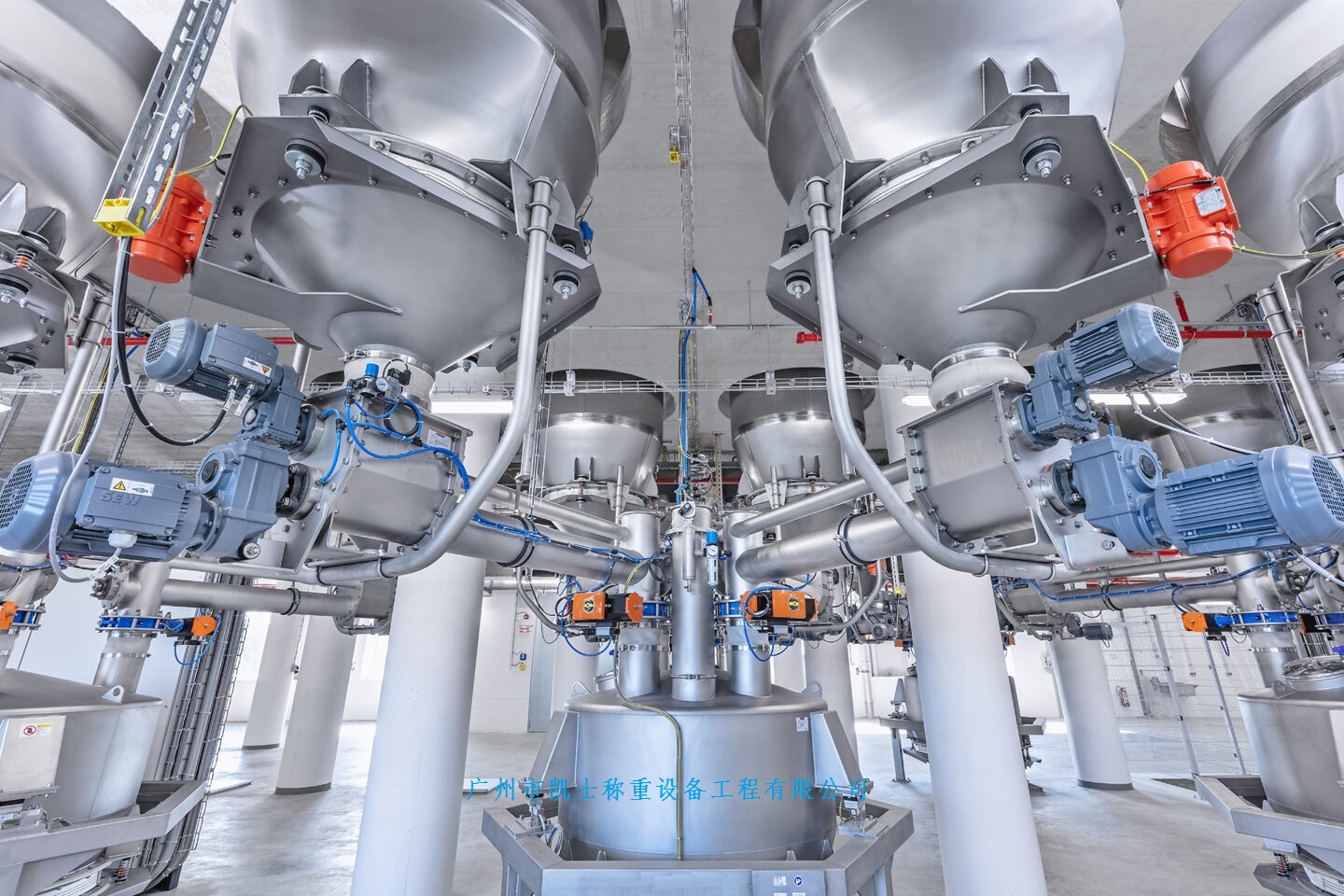

The weighing bin system is composed of filling bucket, butterfly valve, electronic scale, support frame, stepping motor, cylinder, filling cylinder, fixture, manipulator, and receiving plate. The weighing circuit is Huygens circuit. The function of the circuit is to convert the resistance value conversion into a voltage output. When there is bulk material weighing, the circuit resistance strain gauge resistance RR₂R3R4 changes so that the weight signal into the bridge output voltage signal, and then through A/D conversion, into a binary digital quantity, through the digital input module into the PLC.
 020-34563445
020-34563445fine weighing two steps, first set the weight to be weighed, and lock the filling cylinder when the conveying truck carrying the filling cylinder is accurately transported to the station under PLC control. The No. 2 butterfly valve is closed, the No. 1 butterfly valve is fully opened, and the granular filler in the bucket begins to leak from the No. 1 butterfly valve to the space above the No. 2 butterfly valve, and the weighing module is installed below the space. When the weight of the weighing module is 90% of the set weight, the No. 1 butterfly valve is closed 80% to complete the rough weighing. ① The No. Butterfly valve opens 20% and continues to leak material. When the value indicated by the weighing sensor is consistent with the set value, the fine weighing is completed. PLC will control the pneumatic switch action, so that No. 1 butterfly valve closed. After the No. 1 butterfly valve is closed, the system automatically detects (such as determining whether the filling cylinder is clamped). If the discharge conditions are met, the No. 2 butterfly valve opens and begins to fill the filling cylinder. After the granular filling material is loaded into the filling cylinder, the No. 2 butterfly valve is closed and the weighing and batching station is completed. The weighing bin system is composed of filling bucket, butterfly valve, Electronic scale, support frame, stepping motor, cylinder, filling cylinder, fixture, manipulator, and receiving plate. The weighing circuit is Huygens circuit. The function of the circuit is to convert the resistance value conversion into a voltage output. When there is bulk material weighing, the circuit resistance strain gauge resistance RR₂R3R4 changes so that the weight signal into the bridge output voltage signal, and then through A/D conversion, into a binary digital quantity, through the digital input module into the PLC.
Weighing methods: The silo Weighing system can be used in a variety of weighing methods, such as bearer type (mounted directly on the silo support structure) or suspension type (suspended from the bottom of the silo on the weight sensor).
Types of sensors: Commonly used sensors include strain gauge Weighing modules, load cells and pressure sensors that convert the weight of a material into an electrical signal.
High precision measurement: Modern silo weighing devices usually have high precision and can provide accurate material weight data with a small margin of error.
Real-time monitoring: The device can monitor the weight of the material in the silo in real time to provide real-time data support for the production process.
Automatic control: The silo weighing device can be integrated with an automated control system (such as PLC) to achieve automatic replenishment of materials and inventory management.
Data logging and reporting: Devices are often equipped with data logging capabilities to store and generate historical records and reports of material weights.
Remote monitoring: Through the connection with the network, the silo weighing device can support remote monitoring, which is convenient for managers to check the material inventory at any time.








